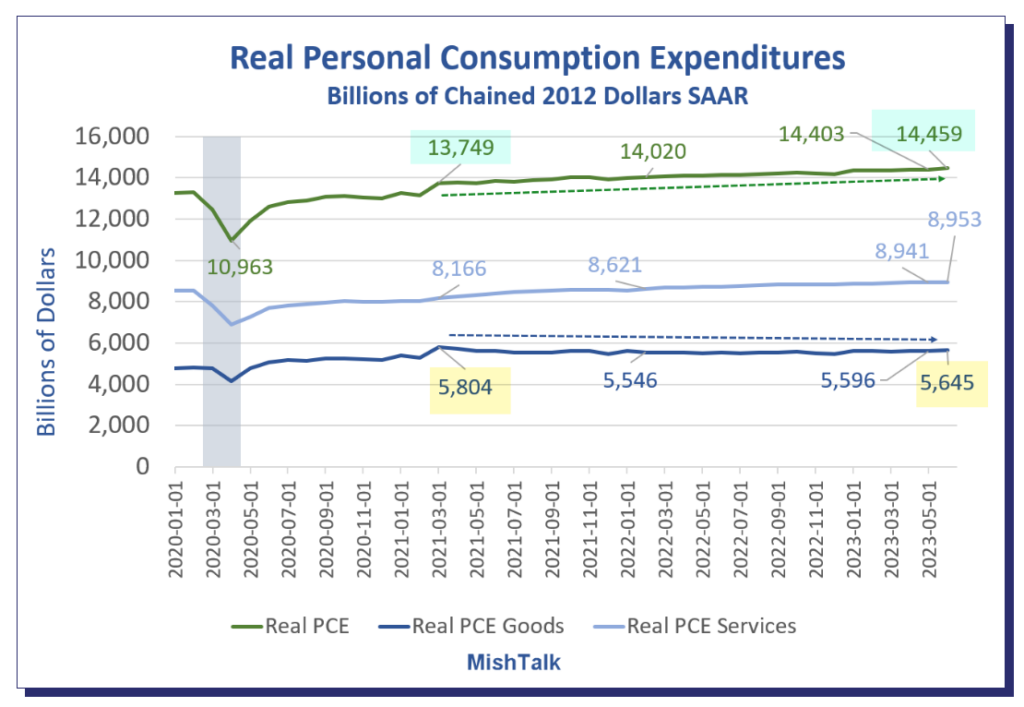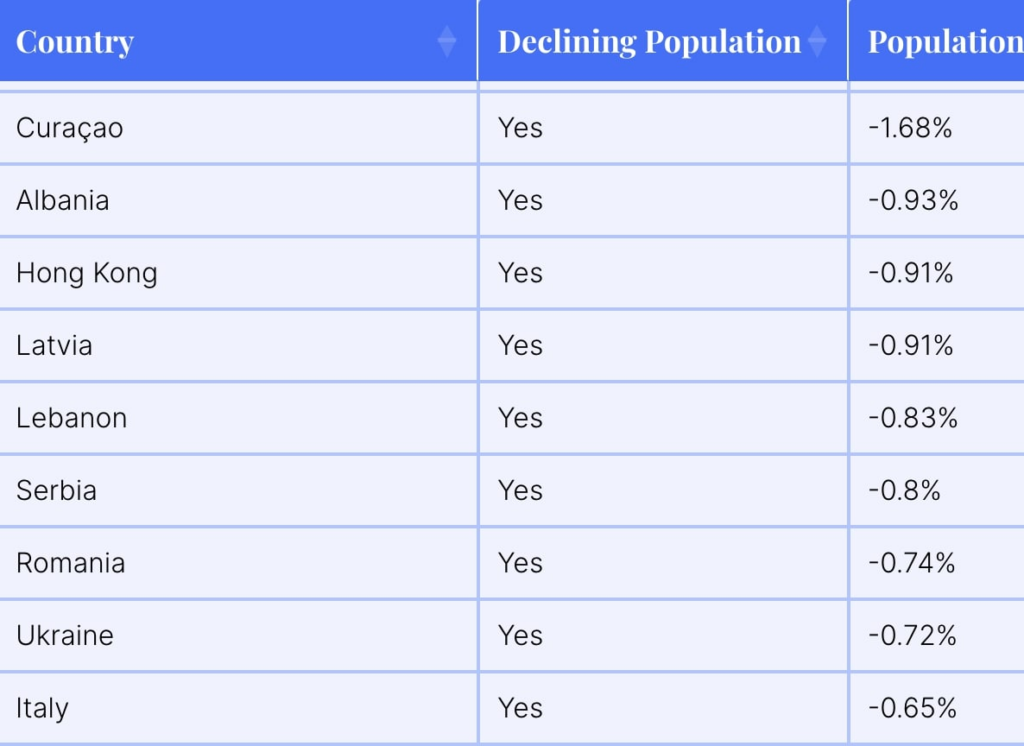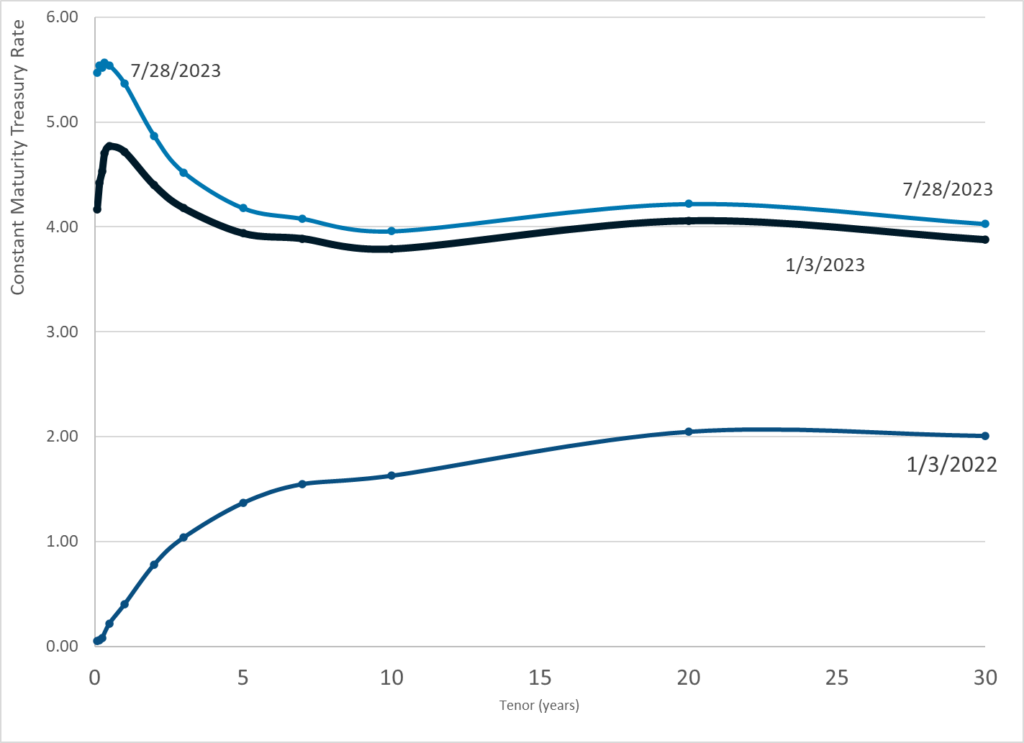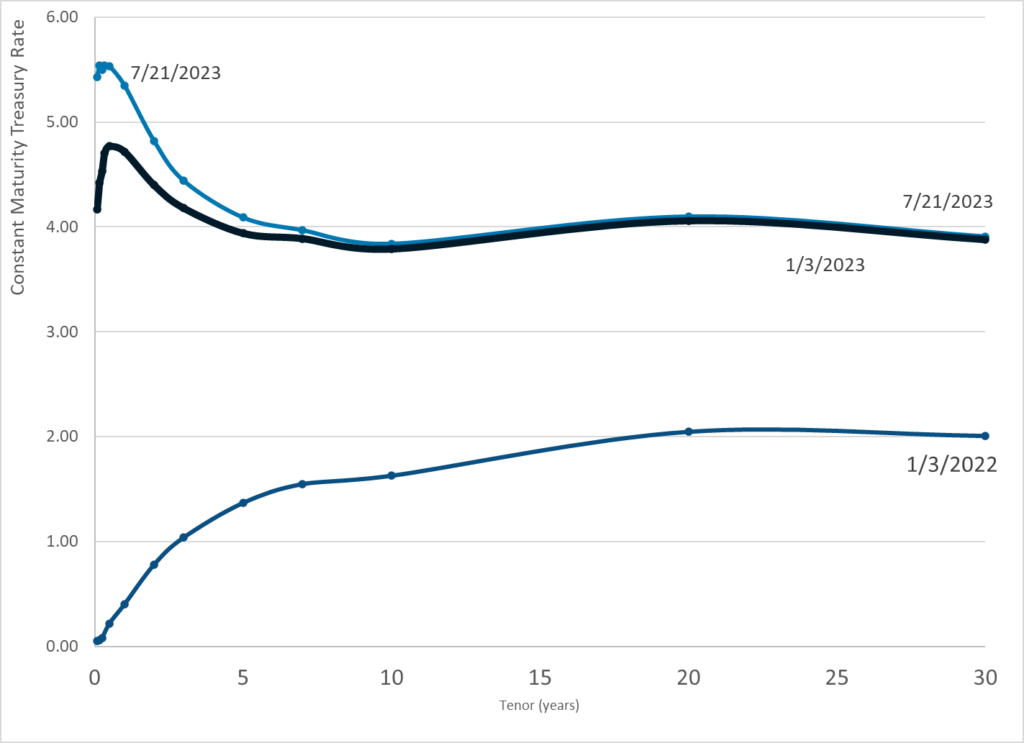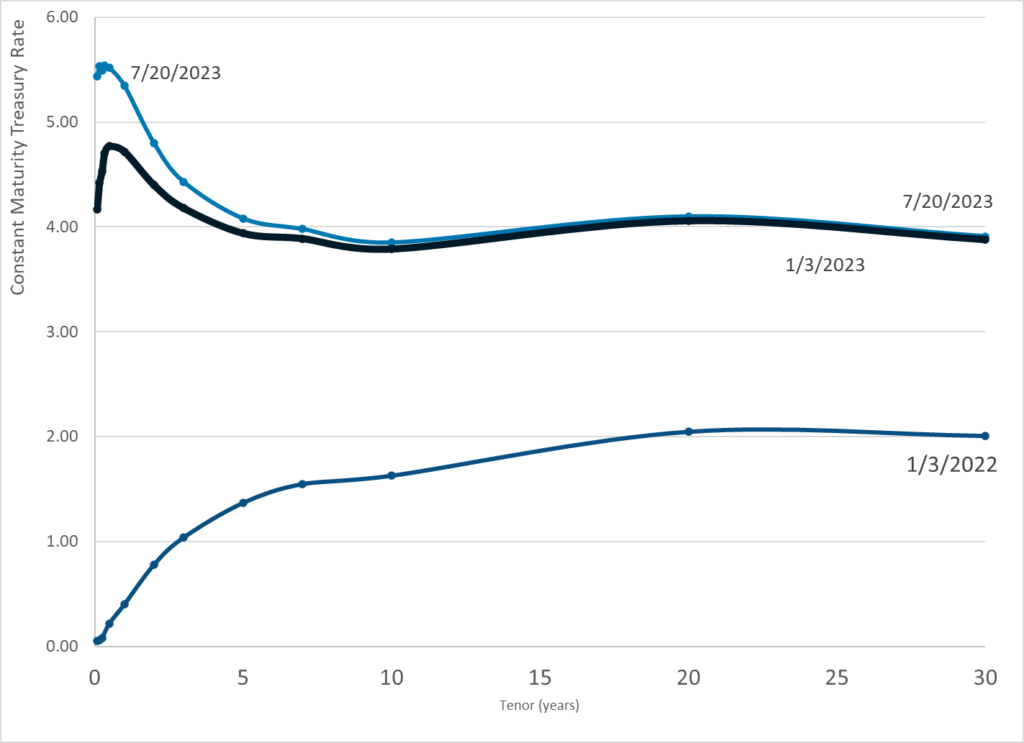Link: https://reason.org/policy-brief/fiduciary-principles-need-to-be-reaffirmed-strengthened-public-pension-plans/
Executive Summary:
Fiduciaries are people responsible for managing money on behalf of others. The fundamental fiduciary duty of loyalty evolved over centuries, and in the context of pension plans sponsored by state and local governments (“public pension plans”) requires investing solely in plan members’ and taxpayers’ best interests for the exclusive purpose of providing pension benefits and defraying reasonable expenses. This duty is based on the notion that investing and spending money on behalf of others comes with a responsibility to act with an undivided loyalty to those for whom the money was set aside.
But the approximately $4 trillion in the trusts of public pension plans may tempt public officials and others who wish to promote—or, alternatively, punish those who promote— high-profile causes. For example, in recent years, government officials in both California and Texas, political polar opposites, have acted to undermine the fiduciary principle of loyalty. California Gov. Gavin Newsom’s Executive Order N-19-19 describes its goal “to leverage the pension portfolio to advance climate leadership,” and a 2021 Texas law prohibits investing with companies that “boycott” energy companies to send “a strong message to both Washington and Wall Street that if you boycott Texas Energy, then Texas will boycott you.” Both actions and others like them, attempt to use pension assets for purposes other than to provide pension benefits, violating the fundamental fiduciary principle of loyalty.
The misuse of pension money in the public and private sectors has a long history. The Employee Retirement Income Security Act (ERISA), signed into law by President Gerald Ford in 1974, codified fiduciary principles for U.S. private sector retirement plans nearly 50 years ago and is used as a prototype for pension fiduciary rules in state law and elsewhere. Dueling sets of ERISA regulations issued within a two-year period during the Trump and Biden administrations consistently reinforced the principle of loyalty. State legislation and executive actions, however, have weakened and undermined it, even where it is codified elsewhere in state law.
Thirty million plan members rely on public pension funds for financial security in their old age. The promises to plan members represent an enormous financial obligation of the taxpayers in the states and municipalities that sponsor these plans. If investment returns fall short of a plan’s goals, then taxpayers and future employees will be obligated to make up the difference through higher contribution rates.
The exclusive purpose of pension funds is to provide pension benefits. Using pension funds to further nonfinancial goals is not consistent with that purpose, even if it happens to be a byproduct. This basic understanding has been lost in the recent politically polarized public debates around ESG investing—investing that takes into account environmental, social, and governance factors and not just financial considerations.
It is critically important that fiduciary principles be reaffirmed and strengthened in public pension plans. The potential cost of not doing so to taxpayers, who are ultimately responsible for making good on public pension promises, runs into trillions of dollars. Getting on track will likely require a combination of ensuring the qualifications of plan fiduciaries responsible for investing, holding fiduciaries accountable for acting in accordance with fiduciary principles, limiting the ability of nonfiduciaries to undermine and interfere with fiduciaries, and separating the fiduciary function of investment management from settlor functions like setting funding policy and determining benefit levels.
Author(s): Larry Pollack
Publication Date: 11 May 2023
Publication Site: Reason
